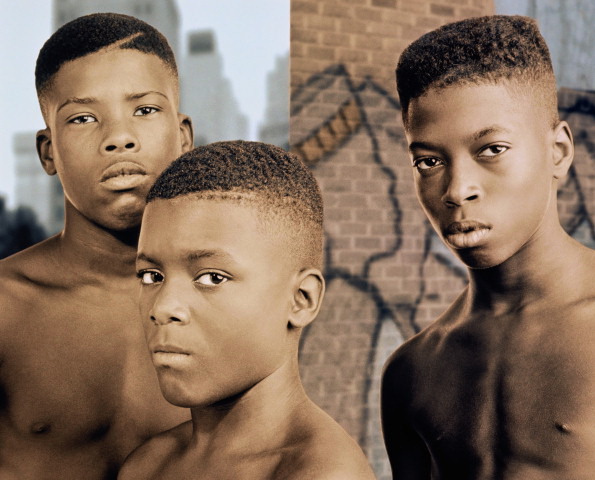Seriously, ask yourself that question when you look at the picture of these boys. Do you see promising young students? When you look at these young boys do you think future doctors, engineers, or perhaps, a President? A few weeks back, I was chatting on Twitter with one of my mentors about the school-to-prison phenomenon and the ways it has become a fixture in schooling even to this day. We talked curriculum reform, we talked teacher-student relationships, we talked methods of alternative instruction, and we even touched on the philosophy behind schooling. And right as we got deepest into our chat, he dropped this picture and asked, what do you see when you look at this picture?
He let the quasi-rhetorical question simmer for a few moments, and then added, Yale or Jail?
We can reform as much curriculum or endlessly adjust schooling procedures but, unless we are ready to charge ourselves of the ways in which we read bodies, no measure directed at remedying the juxtaposition between black males and schools will ever suffice. When you look at these boys, what do you see?
And this isn’t just a white and black issue anymore. This is a black and black issue as well, all pun intended. The issue of seeing race, especially the race of the most abhorrent body on earth, the black male body, has permeated itself so deeply into our cultural consciousness that even we become duped into believing what we constantly hear and have constantly heard. What does it even mean when Aubrey doesn’t act black enough? Or when Tauheed is acting too black? (I mean, I know what it means, but honestly, what the fuck does it mean!). When we see race, we automatically read it based on the stereotypical notions of different cultural identities. We group bodies with particular traits and call it a day after that. The cover is always judged before the book in the case of people, especially in the book of the young black man.
Look back at the picture before you continue reading. Again, I ask, what do you see when you look at these boys? I see limited chances simply based on a history of representation. I can’t hear them speak or observe how they work. I don’t know anything about these boys. But it takes a consciousness to not judge them. That is the dilemma that years, and decades, and a century of manipulated representation has cost these young men. And they did absolutely nothing to deserve that.
What it then comes down to is this: aesthetics impedes the progression of black male identity. But aesthetics also helps create identity. Indeed, a complicated issue. Especially complicated for the black male, because a simple reading of his body is mired in decades of negative imagery and a plethora of stereotypical assumptions. When you look at that picture, do you see Yale or Jail?
When Nas said, “My people be projects of jail, never Harvard or Yale” in the song, “Book of Rhymes” his double entendre did more than elaborated on the present situation of young black men. On one hand, they are just trying to represent themselves in a comfortable way that fits with their friends and their culture, but on the other, they are unjustly persecuted for it. When we begin to wrap our heads around this dilemma, then we can do some work to halt the school-to-prison pipeline and make school, truly, an equitable place.
[share title=”Share this Post” facebook=”true” twitter=”true” google_plus=”true”]

